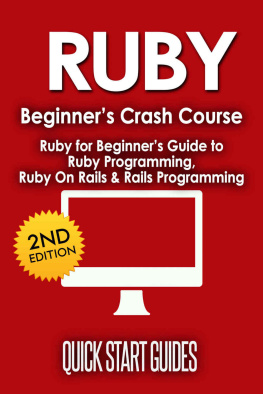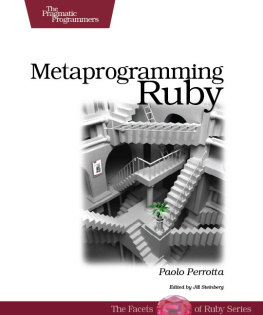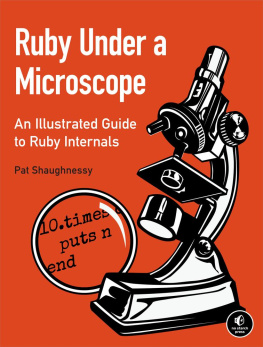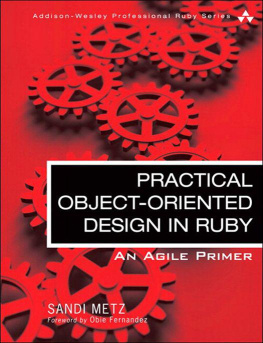In 1993, when Ruby was born, Ruby had nothing. No user base except for me and a few close friends. No tradition. No idioms except for a few inherited from Perl, though I regretted most of them afterward.
But the language forms the community. The community nourishes the culture. In the last decade, users increasedhundreds of thousands of programmers fell in love with Ruby. They put great effort into the language and its community. Projects were born. Idioms tailored for Ruby were invented and introduced. Ruby was influenced by Lisp and other functional programming languages. Ruby formed relationships between technologies and methodologies such as test-driven development and duck typing.
This book introduces a map of best practices of the language as of 2009. Ive known Greg Brown for years, and he is an experienced Ruby developer who has contributed a lot of projects to the language, such as Ruport and Prawn. I am glad he compiled his knowledge into this book.
His insights will help you become a better Ruby programmer.
Preface
Some programming languages excel at turning coders into clockwork oranges. By enforcing rigid rules about how software must be structured and implemented, it is possible to prevent a developer from doing anything dangerous. However, this comes at a high cost, stifling the essential creativity and passion that separates the masterful coder from the mediocre. Thankfully, Ruby is about as far from this bleak reality as you can possibly imagine.
As a language, Ruby is designed to allow developers to express themselves freely. It is meant to operate at the programmers level, shifting the focus away from the machine and toward the problem at hand. However, Ruby is highly malleable, and is nothing more than putty in the hands of the developer. With a rigid mindset that tends to overcomplicate things, you will produce complex Ruby code. With a light and unencumbered outlook, you will produce simple and beautiful programs. In this book, youll be able to clearly see the difference between the two, and find a clear path laid out for you if you choose to seek the latter.
A dynamic, expressive, and open language does not fit well into strict patterns of proper and improper use. However, this is not to say that experienced Rubyists dont agree on general strategies for attacking problems. In fact, there is a great degree of commonality in the way that professional Ruby developers approach a wide range of challenges. My goal in this book has been to curate a collection of these techniques and practices while preserving their original context. Much of the code discussed in this book is either directly pulled from or inspired by popular open source Ruby projects, which is an ideal way to keep in touch with the practical world while still studying what it means to write better code.
If you were looking for a book of recipes to follow, or code to copy and paste, youve come to the wrong place. This book is much more about how to go about solving problems in Ruby than it is about the exact solution you should use. Whenever someone asks the question What is the right way to do this in Ruby?, the answer is always It depends. If you read this book, youll learn how to go with the flow and come up with good solutions even as everything keeps changing around you. At this point, Ruby stops being scary and starts being beautiful, which is where all the fun begins.
Audience
This book isnt really written with the Ruby beginner in mind, and certainly wont be very useful to someone brand new to programming. Instead, I assume a decent technical grasp of the Ruby language and at least some practical experience in developing software with it. However, you neednt be some guru in order to benefit from this book. The most important thing is that you actually care about improving the way you write Ruby code.
As long as you have at least an intermediate level of experience, reading through the book should be enjoyable. Youll want to have your favorite reference book handy to look things up as needed. Either The Ruby Programming Language by David Flanagan and Yukihiro Matsumoto (OReilly) or Programming Ruby , Third Edition, by Dave Thomas (Pragmatic Bookshelf) should do the trick.
It is also important to note that this is a Ruby 1.9 book. It makes no attempt to provide notes on the differences between Ruby 1.8 and 1.9 except for in a brief appendix designed specifically for that purpose. Although many of the code samples will likely work with little or no modifications for earlier versions of Ruby, Ruby 1.9 is the way forward, and I have chosen to focus on it exclusively in this book. Although the book may still be useful to those maintaining legacy code, it is admittedly geared more toward the forward-looking crowd.
About This Book
This book is designed to be read by chapter, but the chapters are not in any particular order. The book is split into two parts, with eight chapters forming its core and three appendixes included as supplementary material. Despite the fact that you can read these topics in any order that youd like, it is recommended that you read the entire book. Lots of the topics play off of each other, and reading through them all will give you a solid base in some powerful Ruby techniques and practices.
Each of the core chapters starts off with a case study that is meant to serve as an introduction to the topic it covers. Every case study is based on code from real Ruby projects, and is meant to provide a practical experience in code reading and exploration. The best way to work through these examples is to imagine that you are working through a foreign codebase with a fellow developer, discussing the interesting bits as you come across them. In this way, youll be able to highlight the exciting parts without getting bogged down on every last detail. You are not expected to understand every line of code in the case studies in this book, but instead should just treat them as useful exercises that prepare you for studying the underlying topics.


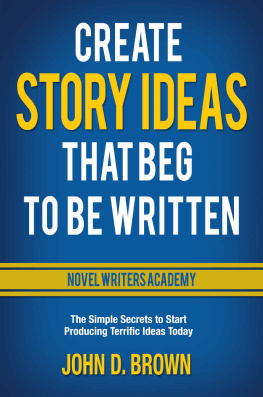
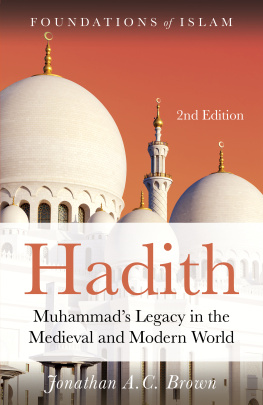

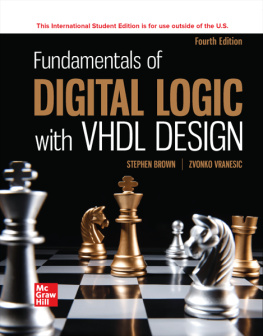
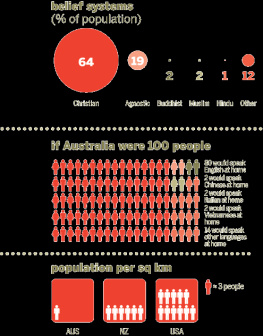
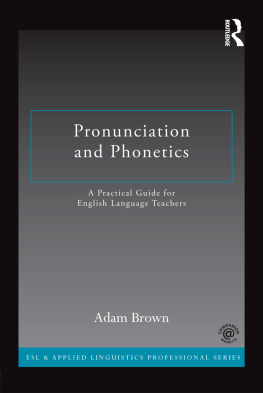

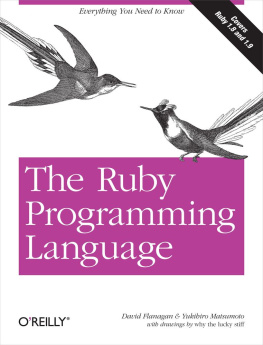
![Russ Olsen [Russ Olsen] - Eloquent Ruby](/uploads/posts/book/120775/thumbs/russ-olsen-russ-olsen-eloquent-ruby.jpg)
